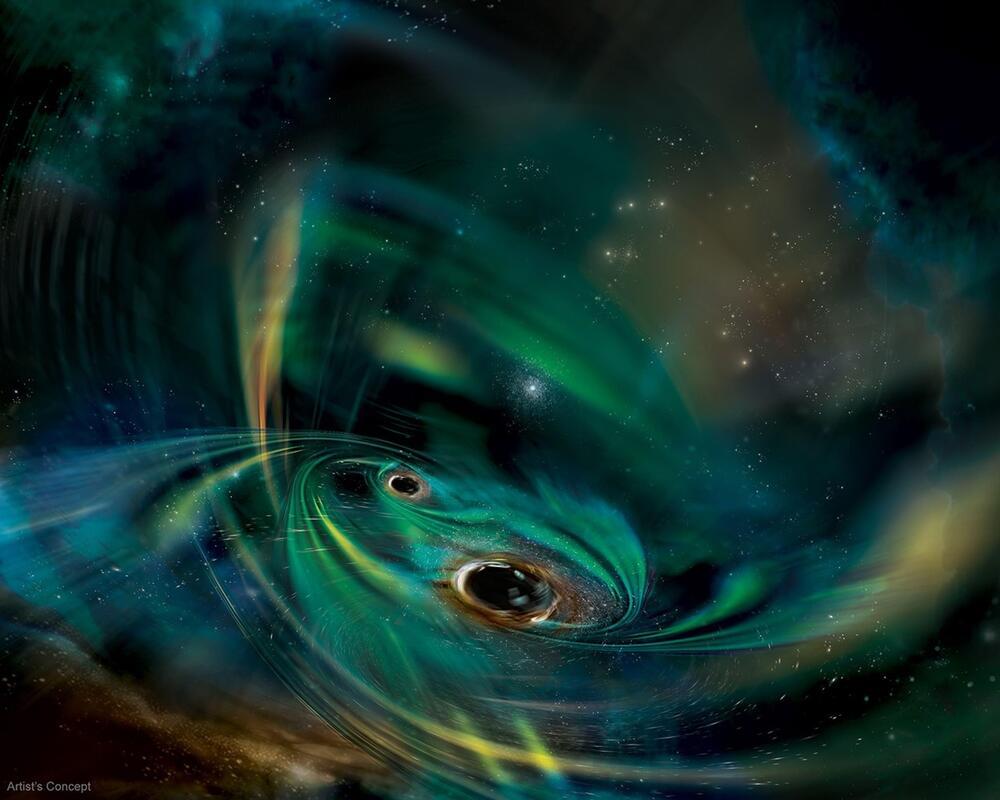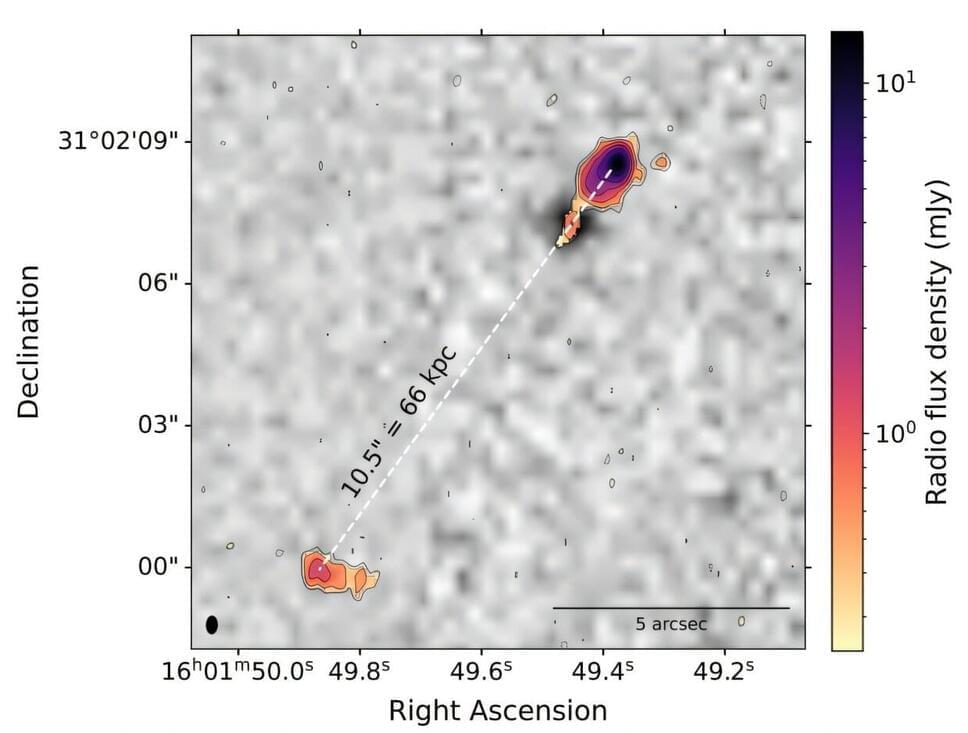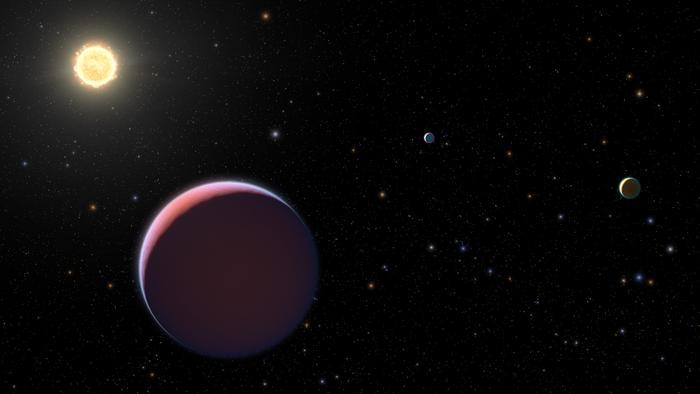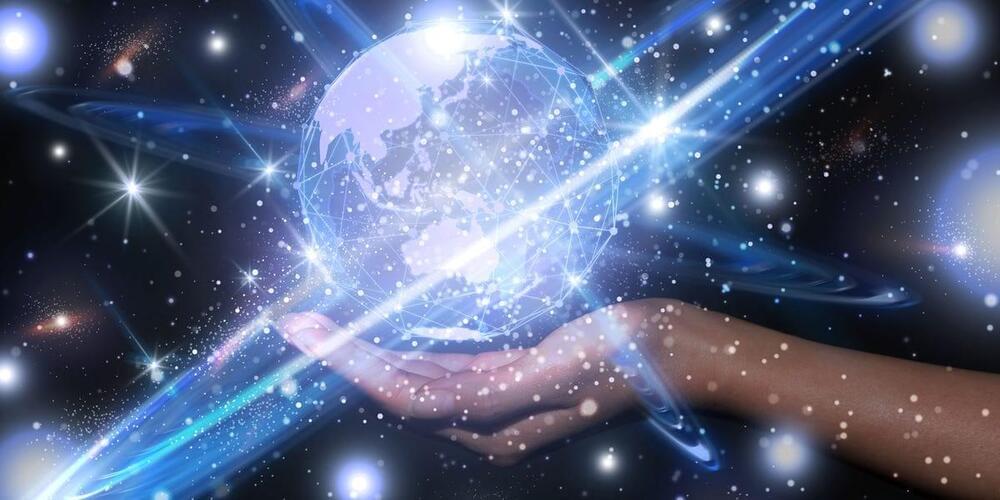Learn science, computer science, and mathematics in the easiest and most engaging way possible with Brilliant! First 30 days are free and 20% off the annual premium subscription when you use our link ➜ https://brilliant.org/sabine.
Mathematician Stephen Wolfram has attempted to develop a theory of everything using hypergraphs, which are essentially sets of graphs that can describe space-time. Recently, another mathematician named Jonathan Gorard has used hypergraphs to describe what happens if a black hole accretes matter. He claims that evidence for hypergraphs should be observable in the energy that is emitted during the accretion. Big if true, as they say. Let’s take a look.
Paper: https://arxiv.org/abs/2402.
🤓 Check out my new quiz app ➜ http://quizwithit.com/
💌 Support me on Donorbox ➜ https://donorbox.org/swtg.
📝 Transcripts and written news on Substack ➜ https://sciencewtg.substack.com/
👉 Transcript with links to references on Patreon ➜ / sabine.
📩 Free weekly science newsletter ➜ https://sabinehossenfelder.com/newsle…
👂 Audio only podcast ➜ https://open.spotify.com/show/0MkNfXl…
🔗 Join this channel to get access to perks ➜
/ @sabinehossenfelder.
🖼️ On instagram ➜ / sciencewtg.
#science #sciencenews #physics #blackholes







